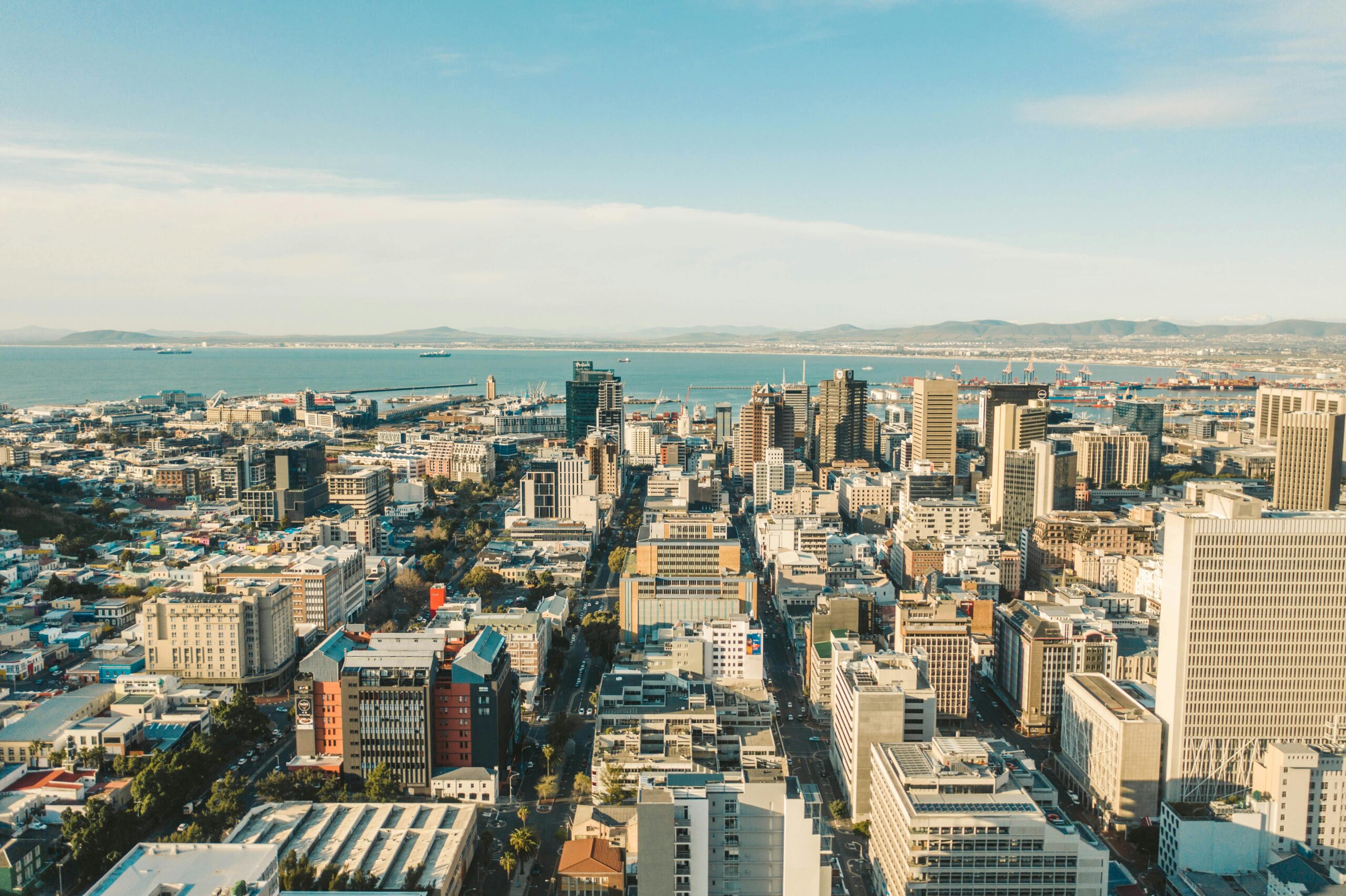Markets do not progress from emerging to developed overnight.
There are no quick bucks to be made from a speculative or committed entry into an emerging market, and exhibition organisers must be prepared to play the long game. Long before the spades enter the soil to start the construction of a major exhibition centre or the office of a global organiser, local support for the industry both in terms of provision of service and the generation of willing attendees must be evident if a show is to make any money.
And once established, as has been the case in many more countries than just China, the risks that face an exhibition organiser can be unpredictable; mere private whim can see the government decide almost overnight that they want to take a lot of that newly established business back for themselves or for the public or private sector companies run by their own nationals.
In Africa, bold moves are being made to develop an exhibition industry by – among others – the 120-year-old British organiser Montgomery. Many organisers have dipped their toes in Africa’s water, the majority quickly removing them again until conditions improve. Montgomery is not one of them. As Damion Angus, the firm’s managing director explains, you need to be truly passionate about the continent if you are to make your business work there.
For all its appeal to exhibition organisers, Africa has no shortage of obstacles to success. And we’re not talking draconian customs and excise law, insular local business practice or language problems. Africa has been and continues to be afflicted by civil war, disease, terrorism and even good old-fashioned piracy. A successful exhibition in some parts of Africa requires a great deal more than contacts and square metres.
Active in Africa since 1967, Montgomery has built a mature local business with brands spanning six core sectors: mining, building and construction, food and hospitality, packaging and printing, and marketing and security. The organiser’s business is based in the Southern African Development Community (SADC) region, and from South Africa it has gone to Botswana, up to Zambia in a joint venture with fellow UK organiser Clarion’s local business Spintelligent, and on into markets beyond.

Aside from overcoming socio-political problems that have all but disappeared in developed markets, getting a worthwhile return on beginning an exhibition business where the market is still so small is a deterrent in itself. The SADC region is composed of small markets; for example, Botswana’s tiny population of just 2.2 million makes it difficult to run large shows. And at the region’s heart sits South Africa, the best known and most popular location for international events in Africa. It is home to the best venues and infrastructure for organisers, is accommodating for international visitors, and is seen as an attractive destination for tourists carrying either a suitcase or a backpack. It casts a long shadow over other market opportunities.
The global organisers that are present on the continent use South Africa as a platform with which they hope to entice the whole of Africa. However, inter-Africa trade is pretty small, contributing less than ten per cent of total business at exhibitions; instead, most of the trade is conducted with Western Europe or North America. Trying to get the rest of Africa down to South Africa is, in the words of Damion Angus, a pretty difficult thing to do.
One of the market’s key strengths remains its potential for resource-based events. Montgomery runs the second biggest mining show in the world – South Africa’s Electra Mining – which it used to enter both Botswana and Zambia. Truly global organisers are always looking beyond the borders in which they operate, at further markets for their events. When Montgomery explored joint venture opportunities in South Africa, it was doing so with a mind to replicating any success in new African markets, notably West Africa where it ran a security show titled Securex.
Sadly for this particular region, security is certainly a prudent field in which to have a stake. The Arab Spring at the end of 2010 caused no end of problems across the whole of the Maghreb region, the part of North Africa bordering the Mediterranean Sea, as well as neighbouring Egypt and further east. Libya was one such example of a market that was turned upside down by war. Once appealing to international organisers, it was left in a state whereby it was practically impossible to land a plane carrying either exhibition freight or visitors, such was the war damage sustained by airport runways.
The dogged global exhibition organiser presses on regardless of these setbacks. “We did run a number of shows in Libya, in the oil and gas and infrastructure sectors,” says Angus. “To be honest, despite the issues with early partnerships, Schengen visas, Gaddafi and ultimately war, we found Libya a very lucrative market for the time we were there.”
In the same period, neighbouring Egypt had two rulers and “a couple of uprisings”, as Angus laconically points out, adding that long term it will be a good market. In fact, Angus maintains that there are a lot of good long-term markets in Africa, so long as organisers are willing to accept that there is a high degree of risk that goes with them. “One needs to have a long-term outlook if you are going to take them on,” he suggests.
In extreme cases of course, as we almost saw with Reed Japan’s shows in the wake of the 2011 Fukushima Daiichi nuclear disaster, the market just will not follow.
Montgomery staged a show in Nigeria in 2014, following the much-publicised and terrifying Ebola crisis. Despite registering a number of cases, Nigeria actually managed to control the situation remarkably well, according to Angus.
“But obviously a disease like Ebola is so horrific that nobody is going to take any risks on contracting it however slim they are, and this had an impact on the shows we have there as well as in South Africa,” he points out.
Montgomery later ran a food show in Johannesburg and had people wanting to pull out for fear of contracting the disease. “It was crazy, if anyone in Nigeria thought they were coming down with Ebola they’d probably jump on a plane to the UK rather than head to South Africa,” says Angus, pointing to a common misconception about Africa – the fact that many people treat it not as a continent but a country..
“It was pretty much down to us to phone exhibitors and reassure them, in order to keep them involved. Obviously we lost a lot of internationals, but we still ran the show and had a good event,” he says, echoing Tad Ishizumi’s positive sentiments about 2011 Tokyo.
Montgomery launched the packaging event Propak East Africa in 2013, or rather tried to launch it; the Westgate shopping mall terrorist incident, in which at least 67 people lost their lives during a three-day attack, rocked Nairobi just a few weeks before the show. Montgomery had little option but to postpone it.
So with civil war, active terror cells and often overly sensational media coverage to contend with, exactly how does an organiser turn a campaign to enter these territories into a profitable endeavour? Is it always possible to turn small cogs in an emerging market, and sit back as it gears up for international business?
“We certainly looked at Africa and decided that the smaller countries are not worth going into at the moment,” concedes Angus. “Instead we try to focus our attention on the ones that we think will be winners. You have to pick which countries you are going for with care.”
Angus believes that an organiser operating in an emerging market should always be early when launching an event:
“By the time you wait for things to be right, two or three other organisers are already there and going for it. That’s why launch shows in difficult markets are never very profitable ventures,” he explains. Daring organisers such as Montgomery probably enter their target market before they really should do, but such is the competition for the emerging markets that they must get their marker down in time to ensure longevity. “We probably go in earlier than we know we should be, but that’s purely a result of competition,” he says. The battle for the emerging markets is indeed an intense one.
Success is dependent on keeping conversations going in all of the smaller markets present in an overall target market. While it may have operationally exited Libya, Montgomery has maintained its conversations with existing partners and major stakeholders; in this way it can continue to assess the situation, and as soon as it feels the country is returning to stability – an environment in which it is viable to run an exhibition – it will start putting plans in place to launch again.

Being poised for action is of paramount importance for success in a latent market. “If you look at some of these markets where you could do a rebuild-type show, you almost have to have your plans ready to go, waiting for the opportune moment to dive in,” says Angus. “I agree when people say timing is everything. I don’t think there’s an exact science to it; it’s on a gut feeling. Have enough local conversations and get a strong enough exhibitor base willing to also take that risk, and be there first.”
And of course, a smaller family-run firm such as Montgomery needs to be fleet of foot among the giants that are milling about, observing any progress that they could hope to emulate and snap up territory and geographic markets for themselves. Another player keen to make its presence felt in Africa is the giant –British organiser UBM. David Gallacher-Olsson, commercial director of market development at UBM EMEA, says Africa is one of those really interesting long-term markets where you have to get beneath the surface.
“There is a way of working, a way of thinking about Africa that goes beyond the normal. It is, after all, 54 countries with differing cultural backgrounds, and therefore it has differing dynamics,” he says. “For example, there isn’t a standard for pharmaceutical ingredients across Africa, which therefore makes the intercontinental trade of pharmaceutical ingredients very complicated. It has some challenging climates and cultures, so therefore it makes running trade shows across Africa very difficult. Obviously there is a lack of large-scale venues, which UBM needs as we run large-scale shows.
“So yes, if you do want to get into Africa it’s about timing and treading carefully. Certain companies have had a go and it’s worked out very well for them. I think we’ve got to choose our time wisely.”
Angus maintains that, as is the case with all emerging markets, you have to take the long-term view.
“If you’re doing this just to have a pin in the board and say ‘we’re here’, then you’re doing it for the wrong reasons. You need to be pretty passionate about the continent and really enjoy working in the countries themselves, if you are to make it work,” he explains.
When all is said and done there are gains to be made in Africa. The likes of Informa, Clarion or Spintelligent all set out as successful businesses to venture across Africa and they are managing to make it work. But as Angus says, without passion, the chances of emulating their success is slim.


Leave a Reply